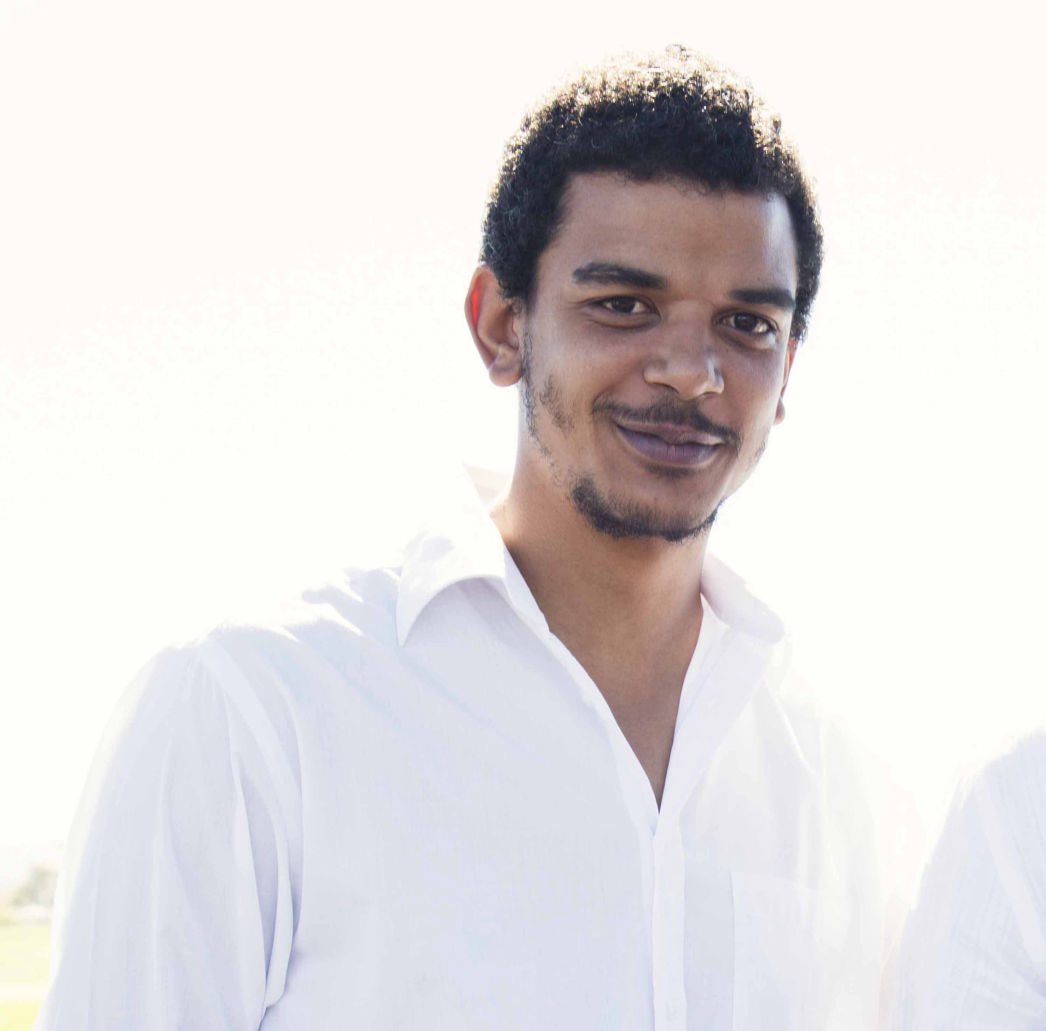On Top of the World at the Edge of the Continent
Visitors to the Cape Agulhas have the unrivalled opportunity to place each foot in two different oceans, the Atlantic and Indian.
The area around the Southernmost tip of Africa also provides a wild, windy and challenging wine-growing area for intrepid viticulturists.
The Cape South Coast provides several jewels along the road less traveled.
- Like Nowhere Else on Earth
Under the Cape South Coast wine region, several districts stretch across the beautiful Cape. These districts include the Cape Agulhas, Elgin, Lower Duiwenhoks River, the Overberg, Plettenberg Bay, Swellendam, Walker Bay and others.
Aptly named Cold Mountain Vineyards is located in the relatively new ward of Sondagskloof, located roughly half-an hour from the Monrovian mission settlement of Elim.
Brunia Cold Mountain, Winemaker, Wade Sander says: “Sondagskloof was a bit of an unknown in the sense that there are only two producers in the region and up until recently most of the wine was not labelled under the W.O. with Walker Bay being preferred. I was aware of the potential of the greater ward, Cape South Coast as a whole with regions producing high quality fruit. But upon visiting Sondagskloof you realise the potential of the place, and it shows in the quality of wine.”
 Left: Wade Sander
Left: Wade Sander
- Off the Beaten Track
In Elim, Strandveld Vineyards has the extraordinary distinction of being Africa’s Southernmost winery.
Also in Elim, Black Oystercatcher features a restaurant, wedding venue, self-catering cottages and a breadth of wine.
Strandveld, The Berrio, Black Oystercatcher, Zoetendal, Ghost Corner, The Giant Periwinkle and others have shone a light on Elim. In nearby Napier, Jean Daneel Wines, The Drift and Dabar have risen to great acclaim. Lomond Wines near Gansbaai and Sijnn Wines in Malgas are yet more Cape South Coast beacons.
Lesser frequented Sondagskloof is home to Hermanuspietersfontein and Brunia.
Brunia winemaker, Wade explains: “Sondagskloof is very much out the way, but all the best places still have gravel roads leading to them. It is probably one of the Cape’s best kept secrets. The scenery is immense, vast tracts of pristine fynbos and folding mountains giving way to the some of the best beaches in the world.”
- A Haven for Hiking
The Rasperpunt hike within the Agulhas National Park is known as the Aghulas walking trail. Likewise, there are: The Salmonsdam Mountain Trail, in nearby Stanford; The Perlemoen Trail near Gansbaai as well as The Fynbos Trail which begins in the Grootbos Private Nature Reserve.
The Coast’s mountainous terrain is as cold as it is beautiful. Elim has been compared to Elgin, as some of South Africa’s most noteworthy cool-climate terroir.
“Sondagskloof is characterised as a cool climate region in the South African context, it is situated on the slopes of the Koue Berg Mountain ranges with an altitude of 300m above sea level, but only lies 17km from the ocean,” Wade says.
- What Wine, Where?
Some of the great successes from nearby Elim include the acclaimed Ghost Corner Sauvignon and Semillon.
In Sondagskloof, the Cold Mountain team bottled single variety Semillon in 2018.
Wade says bottling single variety Semillon depends on the quality of the vintage and understanding how the wines should be treated. He says, “Semillon is also an underrated variety that has long history in South Africa and it is a privilege to work with these heritage cultivars.”
- Big Fish
Adrenaline-seeking visitors to Gansbaai have explored White Shark Cage Diving, an activity where tourists are submerged in a steel cage to view spectacular undersea wildlife, including sharks.
For the less-adrenaline inclined, there are other ocean-centric activities.
While Whales are considered mammals and not fish, these large, ocean-dwelling creatures are often spotted in September from the stretch from L’Agulhas to Gansbaai.
Wade was a Nedbank Cape Winemakers Guild (CWG) Protégé Programme intern. He has been mentored by some big fish in South Africa’s wine industry.
On his intern experience, Wade says, “I worked in Stellenbosch with Etienne Le Riche one of the most renowned winemakers to ever work with Bordeaux cultivars in South Africa. I was then able to completely change environments and pursue a personal interest in Pinot Noir with Peter Finlayson, pioneer of the Hemel-en-Aarde and probably the most respected Pinot palate in the country. I then completely changed region and climates again and joined the Mullineux’s in the Swartland to explore the concept of natural winemaking. This coupled with the freedom I had to travel in this 3-year period, completing harvests in the States, Loire Valley, Jura and the Mosel. I think that one would struggle to find a better environment to cut their teeth.”
- Lighthouses
The tempestuous Southern tip of Africa claimed over 100 ships from 1673. There is a Shipwreck Museum in Bredasdorp. To avoid the peril of the Graveyard of Ships, a lighthouse was built in 1848.
Known as the second oldest working lighthouse in South Africa, the Cape Agulhas Lighthouse calls many to the Cape of Storms.
A likeness of the lighthouse is featured on the series of Du Toitskloof’s sensational Cape South Coast series, the acclaimed Land’s End Sauvignon Blanc and Syrah.
The Sander family received their siren’s call from Johannesburg to the Cape and purchased the Sondagskloof property in 2016. Prior to that Wade studied at Elsenberg Agricultural College.
Wade says: “I think my parents were instrumental, they had a real appreciation for good food and wine, which allowed for exposure at quite a young age. My father also boasted a modest wine collection in those days, and for some reason I was completely absorbed by it. I remember doing a job shadowing for a school project at Wine Sense in Melville, one of the few wine shops in Joburg at the time. I left for the Cape straight after Matric.”
 Left: Sander family
Left: Sander family
- Brunia Biodynamic
Brett Sander has received widespread acclaim for his work in organic and biodynamic farming.
The Brunia farm is currently transitioning to biodynamic agriculture.
“Biodynamics is a qualitative farming system that involves developing a self - sustaining holistic farm organism. All inputs need to be organic or of natural origin and should ideally be produced on the farm with composting being a core principle of biodynamics, it also incorporates certain aspects of planetary movements that dictate the best times to carry out certain tasks,” Wade explains.
Wade says that there are sustainable practices that not only support the health of the farm organism, but which also improve the quality of the produce. He adds: “Animal husbandry is also an important aspect with cow manure being key to fertility.”
 Left: Brett Sander
Left: Brett Sander
- Blog by Tshepang Molisana